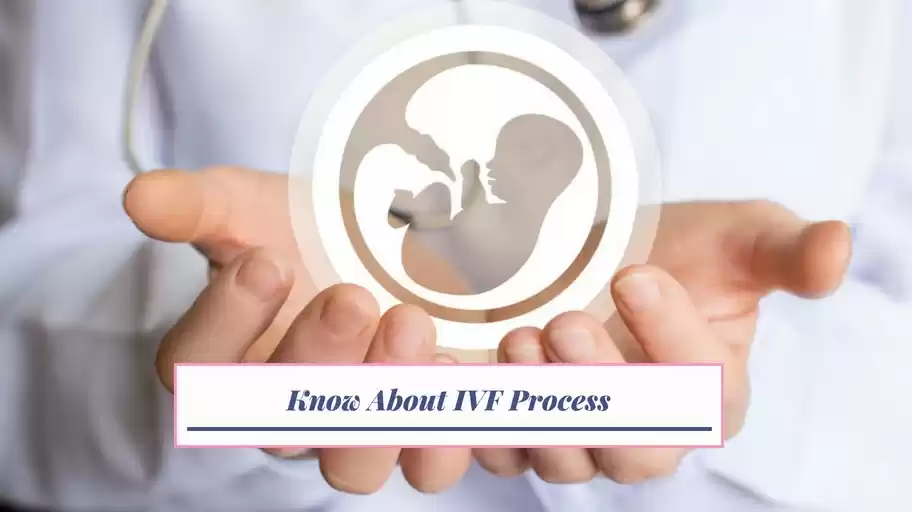Tinnitus is an auditory perception problem. Although it is common and not a disorder in itself, it is a symptom of an underlying condition. This underlying symptom could be circulatory system disorder, ear injury, or age-related hearing loss.

Symptoms
The symptoms of tinnitus are hearing irksome sounds that are not externally present. These irksome sounds can be:
- Buzzing
- Ringing
- Clicking
- Hissing
- Roaring
These sounds can vary from low hum to high-pitched squeal. You may hear it in one or both of your ears. In several cases, the sound can be irritating enough to interfere in day-to-day life as a result of which a person is unable to concentrate properly. Tinnitus may either be present all the time, or it can come and go as well.
Types
There are two types of tinnitus.
Subjective Tinnitus: Subjective tinnitus is when only the person affected by it is able to hear the sound. It can be the result of problem in inner, middle or outer ear. It can also be caused due to any problem that affects one’s

What is IVF (In Vitro Fertilization)?
IVF or In vitro fertilization, as the name suggests, is a fertilization taking place inside a laboratory or outside a living body. Generally, if we talk about humans, when sperm fertilizes the eggs inside a laboratory, the process is called as IVF or In vitro fertilization. Usually, the fertilization in human female takes place in the fallopian tube, however, due to some complications when this cannot take place; it is done artificially inside a laboratory and is termed as IVF.
There are some factors which need to be considered regarding IVF process, and here is a mention of them:
- In order to fertilize the egg, close to thousand sperms are required. However, only one sperm penetrates the membrane of the egg to fertilize it, but to ensure maximum probability of success typically 1, 00, 000 sperms are placed.
- After this, the fertilized egg is kept under the ideal lab conditions, so that it can reach the blastocyst stage. This stage is reached in 2 to 5

